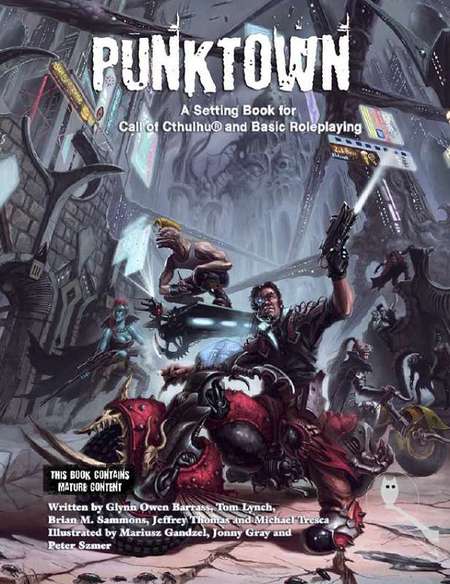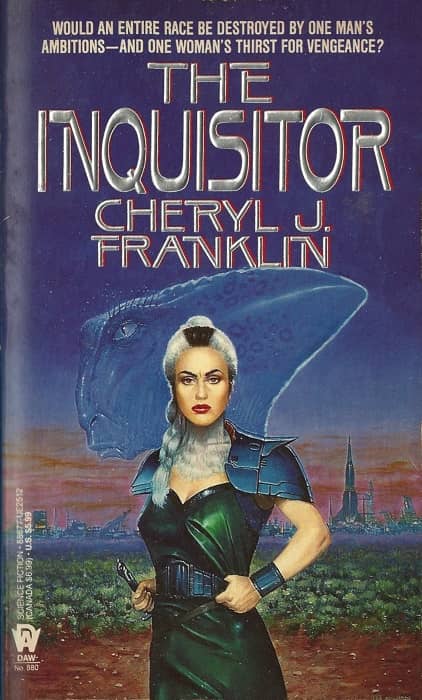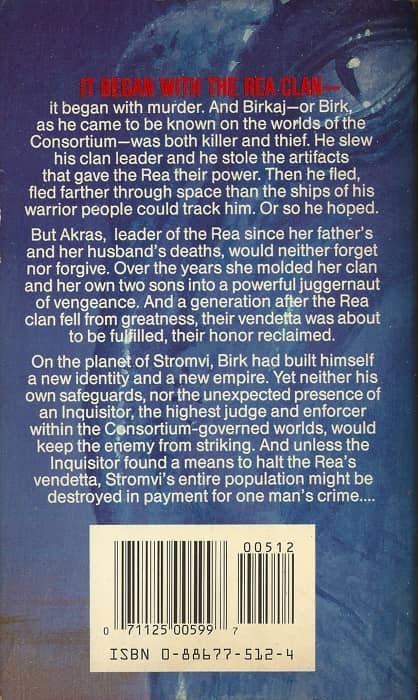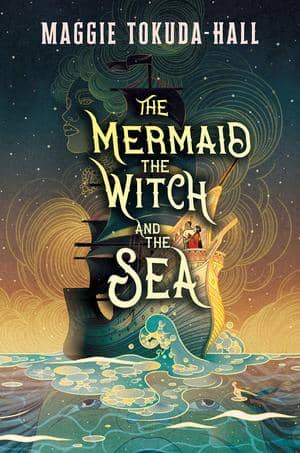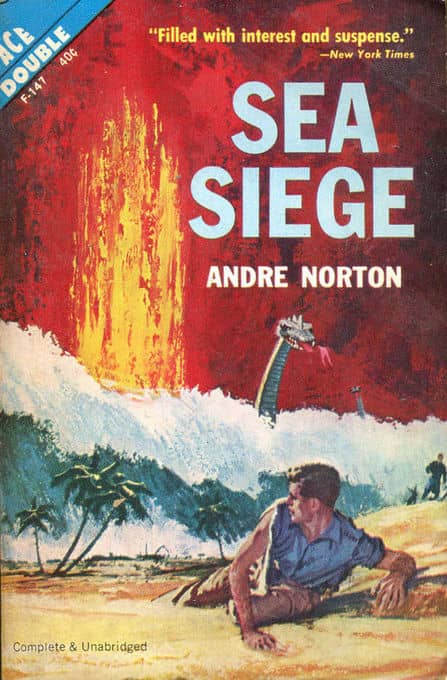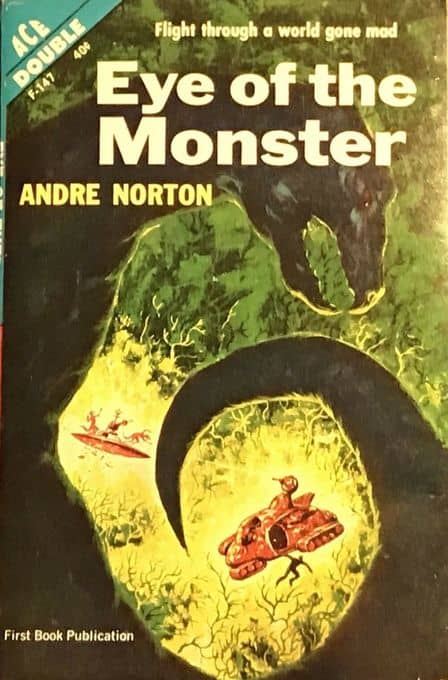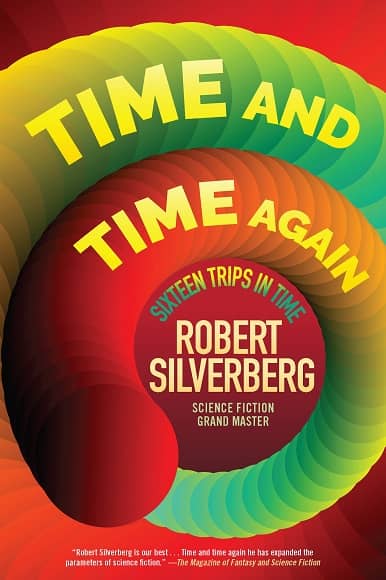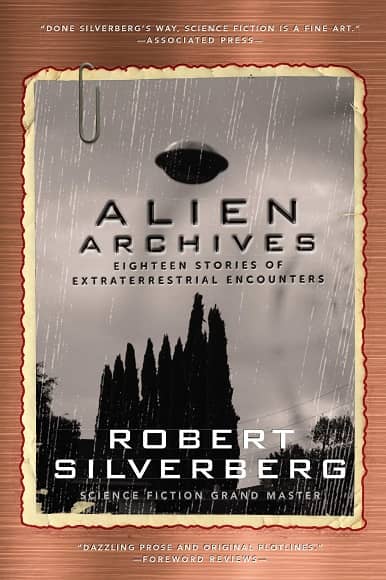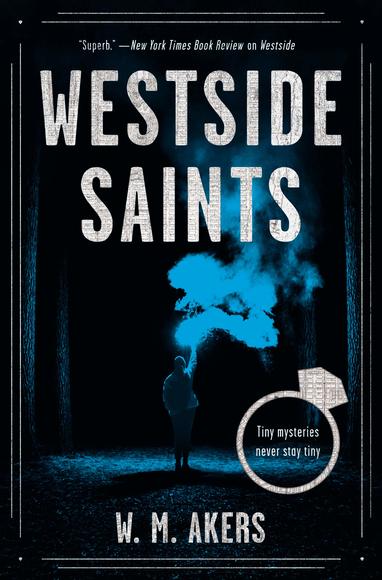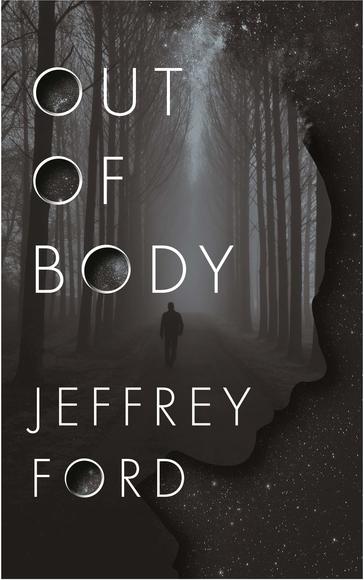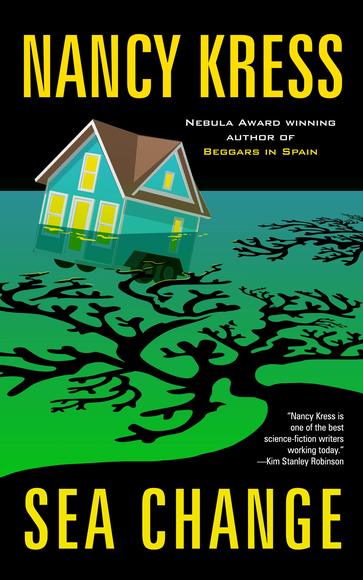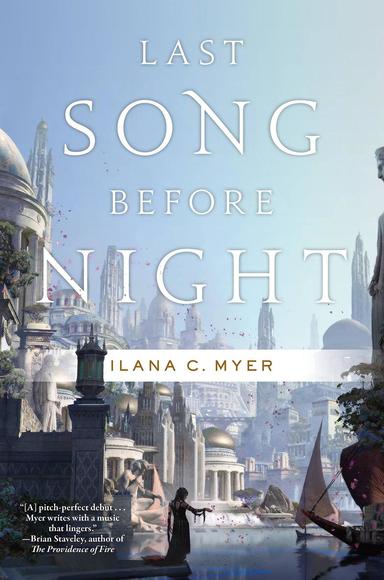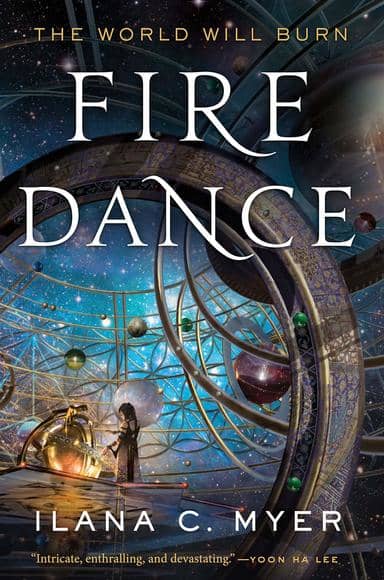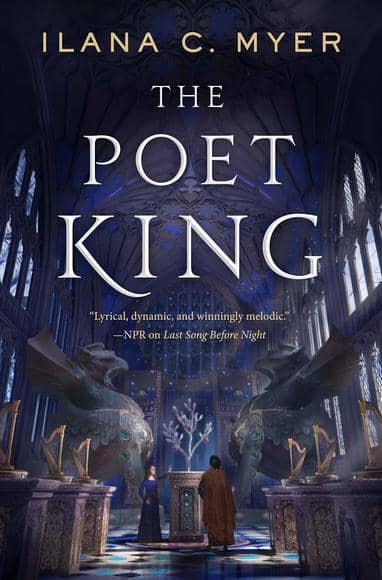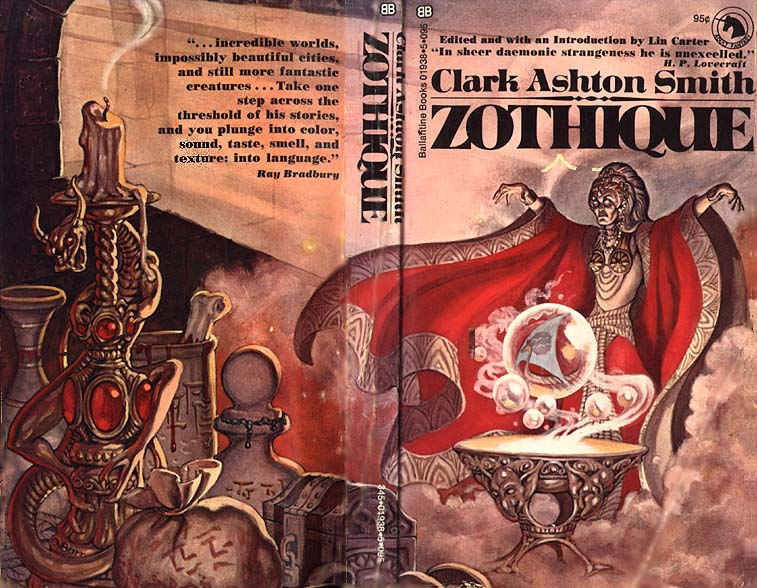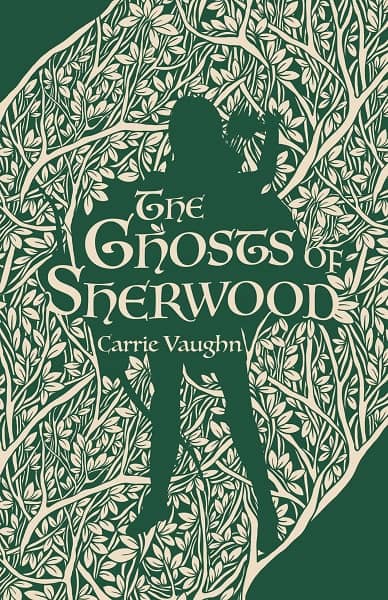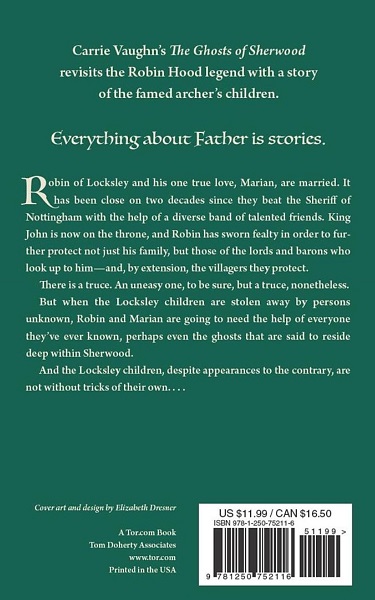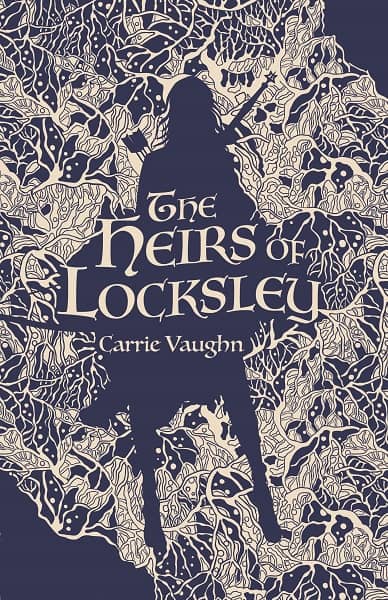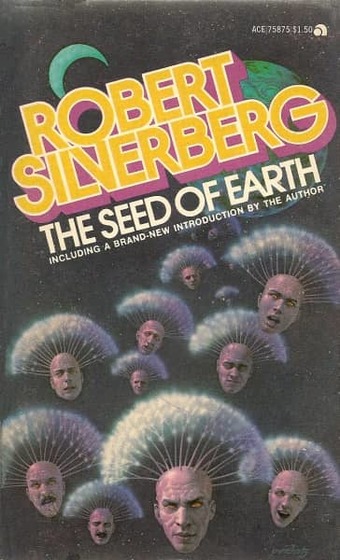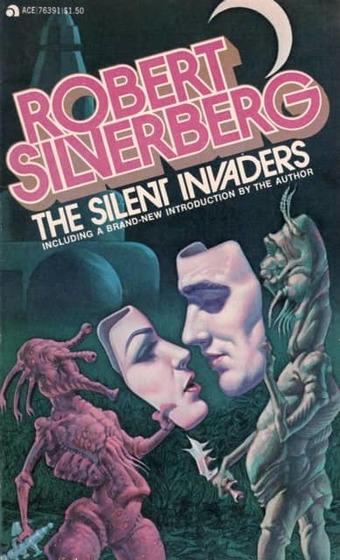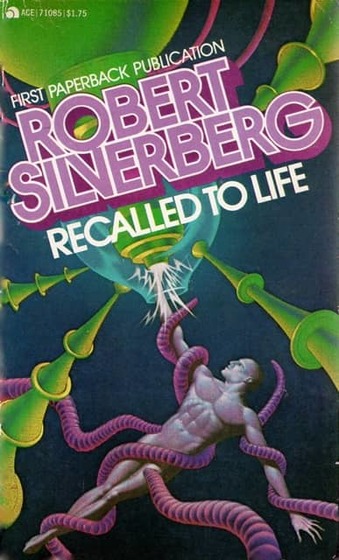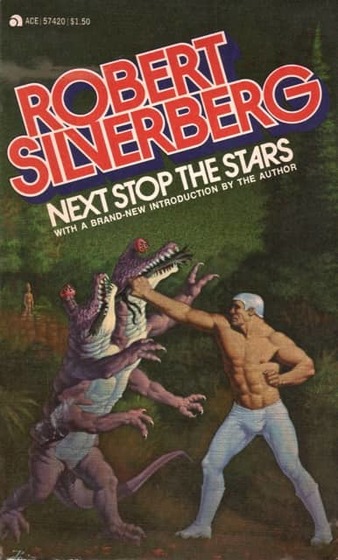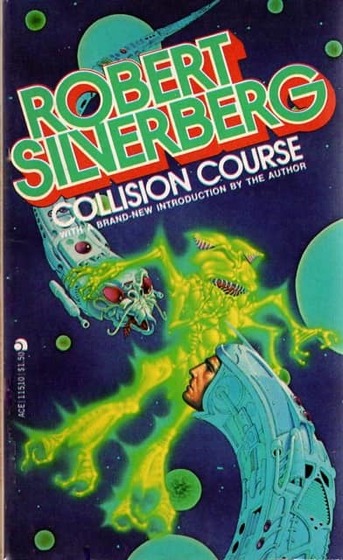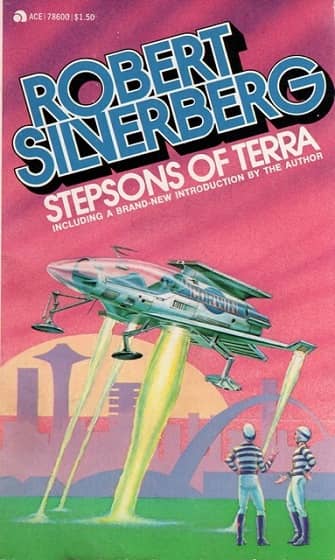Visit a Haunted Cyberpunk City in Punktown from Chronicle City and Miskatonic River Press
Punktown: A Setting Book for Call of Cthulhu and Basic Roleplaying
Many many, oh-so-many years ago, I wrote an excited blog post about the planned final game release from Miskatonic River Press, which was slowly winding up operations. It was a Kickstarter-funded Call of Cthulhu setting book based on the setting for Jeffrey Thomas’s dark urban fantasy series Punktown. Here’s what I said, in part.
I’m a huge fan of Miskatonic River Press, and it’s great to hear they have something new in the works. They’ve produced some really terrific Call of Cthulhu products, including New Tales of the Miskatonic Valley, Our Ladies of Sorrow, and their Roman-era adventure The Legacy Of Arrius Lurco…. if Miskatonic River has to end their illustrious publishing career with one book, I’m pleased it’s this one. I think Thomas’s dark-future urban setting will make a terrific locale for a rockin’ CoC campaign.
Well, it was not to be. The years rolled by, and Punktown never surfaced. The illustrious Miskatonic River Press finally closed up shop, and I silently grieved for another Kickstarer destined to never see the light of day.
Or so I thought. And then, just last week, I stumbled across a reference to it. Punktown did in fact exist, in PDF and print-on-demand formats, and it was being offered for sale at both DriveThruRPG and Lulu. It had stealthily been released in 2018 by designers Chronicle City and Miskatonic River Press. Praise Nyarlathotep!
